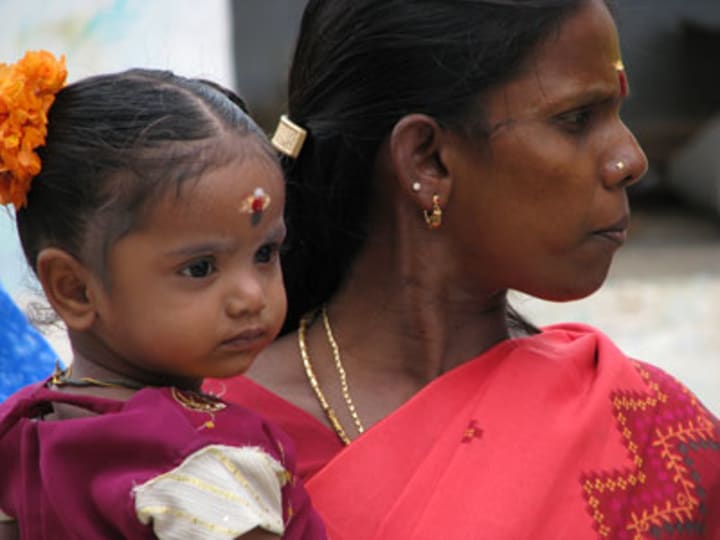
India has surpassed China in a new index – but not for any achievement to be proud of.
The second most populous country in the world accounts for 309,000 or 29 percent of first-day newborn deaths globally, according to the latest State of the World’s Mothers report published on Monday by Save the Children. India also records the highest number of global newborn deaths: 876,200 out of 3 million. The country fares even worse in under-five deaths, as the only one to top 1 million out of the 186 surveyed by Save the Children.
China had an estimated 50,600 first-day newborn deaths and 248,600 under-five deaths.
These figures highlight the challenges that persist in India and many other parts of the world in ensuring children live beyond the age of five, like inequality in health service delivery, shortage of health workers, rapid urbanization and policies that prohibit the use of effective interventions such as Kangaroo Mother Care, says Save the Children India CEO Tom Chandy.
Chandy tells Devex that adding to these problems are several cultural practices in India, like when both mothers and newborns are placed in isolation for weeks to “fend off evil spirits” and early child marriage.
But these challenges, he argues, present an “opportunity to change things for India’s newborns,” with the causes “easily preventable.”
How does India fare in terms of treating its newborns?
Today, the world is on the brink of a major breakthrough to ensure newborn babies everywhere survive. If there is one place to trace the seeds of this brewing revolution, it’s India. In the past year, India has begun a major political movement to systematically take on the complex and large-scale problem of newborn and child mortality. Together with the U.S. and Ethiopia, India co-hosted a Child Survival Call to Action in Washington in June 2012. It has since recommitted itself to a national policy goal of ending child mortality in a generation and developed a clear road map for success. Additionally, India has the technical know-how and models that have shown change is possible. It has demonstrated political commitment and will to deliver on child survival.
What are the biggest challenges in ensuring child survival?
Low birth weight is the major contributor to newborn deaths in the country. An estimated 28 percent of infants in India are born too small, though most likely these are underestimates as many newborns are not weighed at birth. Another is stunting: It is estimated that 11 to 13 percent of women are stunted in the country, which puts them at higher risk of complications during delivery and of having small babies. Twenty to 40 percent of women are also excessively thin, which compounds the risk of poor pregnancy outcomes. It is believed that half of the child stunting occurs in the utero, underscoring the importance for better nutrition for women and girls. There is also the overarching inequity that disadvantages poor and marginalized children – there is inequity of wealth, inter-state disparities and rural-urban divide.
How is Save the Children in India contributing to improving the lives of mothers and newborns?
While India has made huge strides on the economic front, we are lagging far behind in meeting our commitments toward children. 1.7 million children under the age of five die every year – highest anywhere in the world – to easily preventable illnesses such as diarrhea and pneumonia. Nearly half of India’s children are malnourished, their bodies weakened to fight disease, often resulting in death. Our campaign on newborn and child survival is an ambitious campaign inspired by the belief that we can solve this problem. Deaths of children are not random events beyond our control. Apart from introducing life-saving interventions, we advocate with the government to press for policy change, while motivating change in public opinion toward the issue.
What more can the Indian government, the private sector and civil society do to improve the lot of newborns in India?
Clearly, all babies born in India do not get an equal chance of survival. Inequities are persistent and widening. According to the State of the World’s Mothers report, children born in socially and economically disadvantaged families have a higher newborn mortality level. In order to achieve breakthrough in ensuring newborn survival, partnership across sectors is critical. Partnerships between the government, business, media and civil society organizations is imperative to build an unstoppable movement for children in the country.
Read more development aid news online, and subscribe to The Development Newswire to receive top international development headlines from the world’s leading donors, news sources and opinion leaders — emailed to you FREE every business day.


